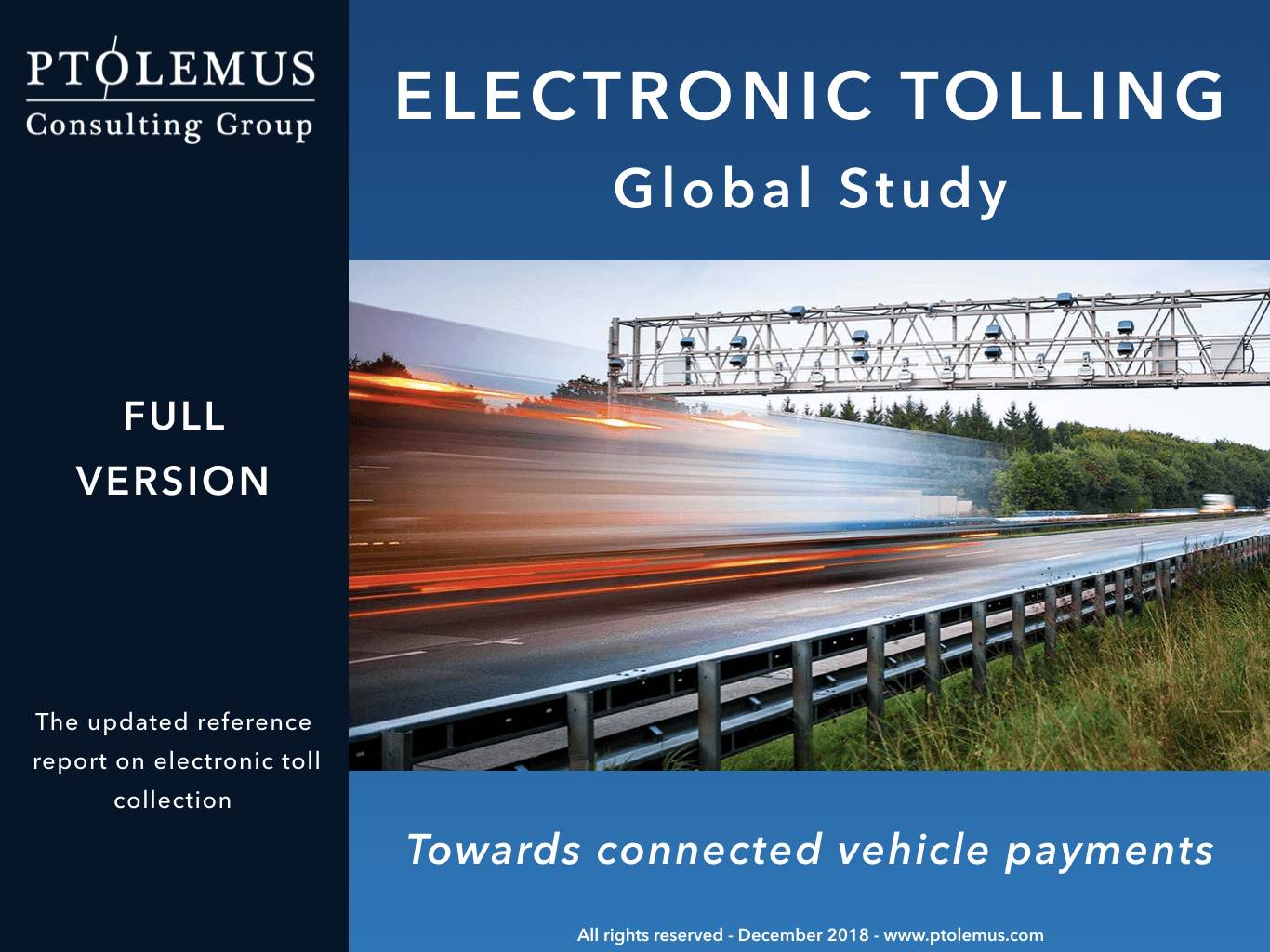The EETS certification and monitoring process for providers

In the second of our series of blog posts about the European Electronic Toll Service (EETS), we will zoom in on the entities that offer the service to the road users, the so-called “EETS providers”.
But let’s start from the very beginning, answering the question:
What is an EETS provider?
It is a private business that acts as the intermediary between toll chargers and their customers, across multiple member states, and has to be registered in the member state where it has established its services.
Its role is to relieve (multiple) toll charger(s) from the burden of managing end-users/customers, address technical issues related to hardware and software, and provide maintenance services to ensure system work seamlessly; crucially, all whilst providing a single contract to client/end-users who use the toll-roads it serves, across multiple member states.
Existing ETC providers must follow a standardized process to adapt to EETS regulations
The obligations for registration and certification, to provide services across multiple member states, must be met, of which the main obligation is the development of an interoperable on-board unit (OBU). The OBU needs to comply with a specific technical specification, that includes the ability to operate across member states using one or more of the allowed “EETS technologies”.
To ensure pan-European standardization, the European Commission recommends an overall process to certify and monitor an EETS (candidate) provider.

Firstly, conformity to EETS specifications is checked by assessing a candidate EETS provider’s systems and hardware against the required performance and technical criteria in both laboratory and test-site conditions.
This is to ensure that the submitted technology is working as intended, (though the suitability for real-world use is tested in a separate phase).
A key point to make is that it can easily take up to more than one year (!) to gain certification, but once supplied the provider gains two EC declarations allowing it to start operations. But not without being constantly monitored with quality audits and measurements as any significant changes in the certified system will lead to certification the process being reset…
As adapting to the EETS-certified tolling technologies is implying one of the major changes for providers, we will talk about them and their future potential in our next blog post!
To shorten the waiting time until then, we invite you to download a free abstract of our ETC Global Study and get more insights into our work in the ETC market here.

